Women Are Leading and Feeding Their Families Across the Globe. Meet Seven of Them.

Families and entire communities rely on the resourcefulness of those filling the role of “mom.” This Mother’s Day, we are celebrating these caregivers who work tirelessly to give the world’s youth a healthy childhood.
From Ecuador to Ethiopia, here are seven stories of mothers who are protecting, caring for and feeding their families. Each simply wants their children to live in safety with access to good food and education – a wish every one of us can understand.
Loreen in Zimbabwe
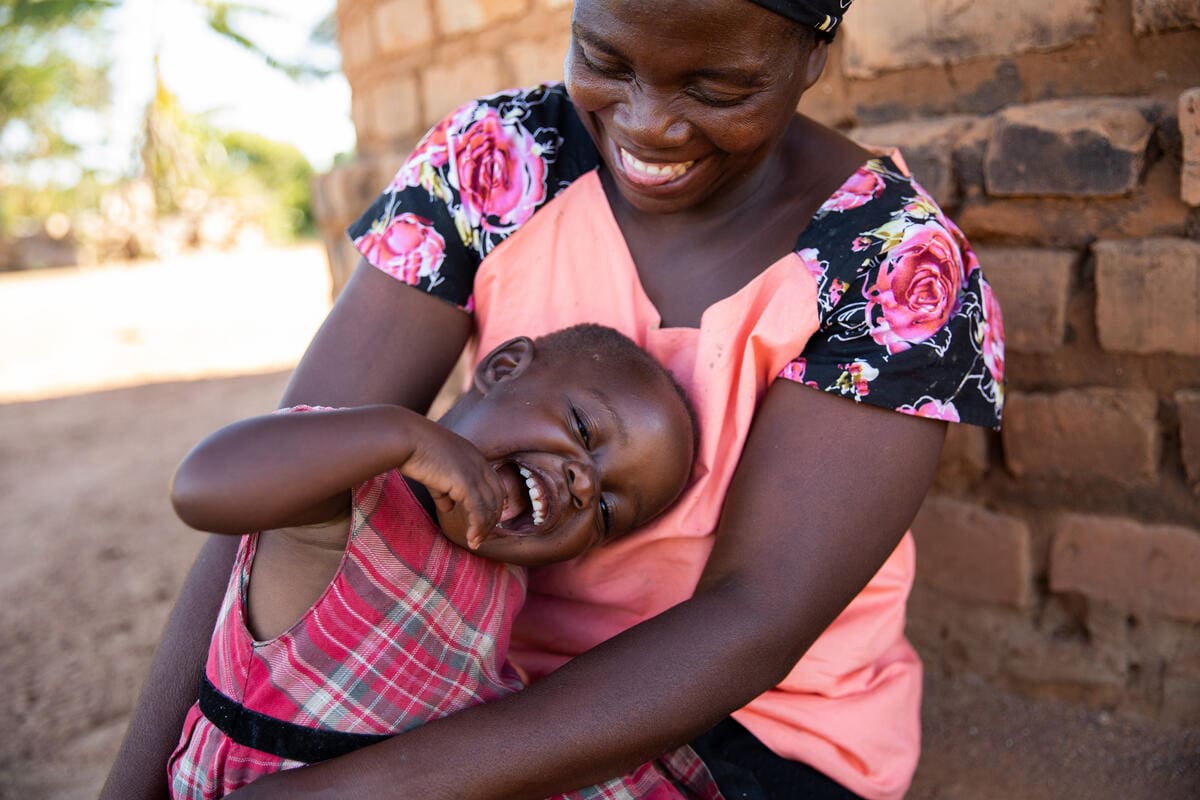
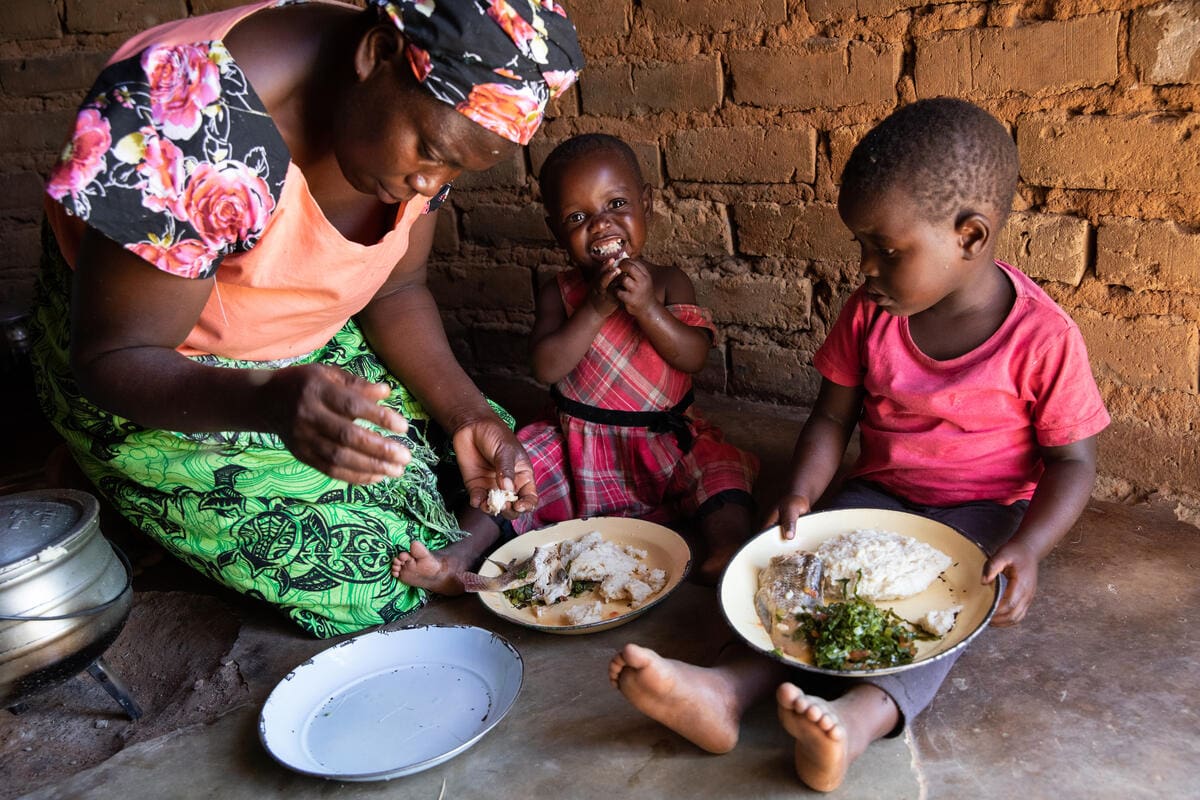
From harvesting fish to growing crops to keeping chickens, 38-year-old Loreen works each day to provide for her family. The money she earns goes directly towards feeding and educating her children, Makanakaishe and Precious.
“If they are educated, they can be better people. Better than me,” said Loreen. “I want to leave a legacy for my grandchildren.”
Nadia in Yemen
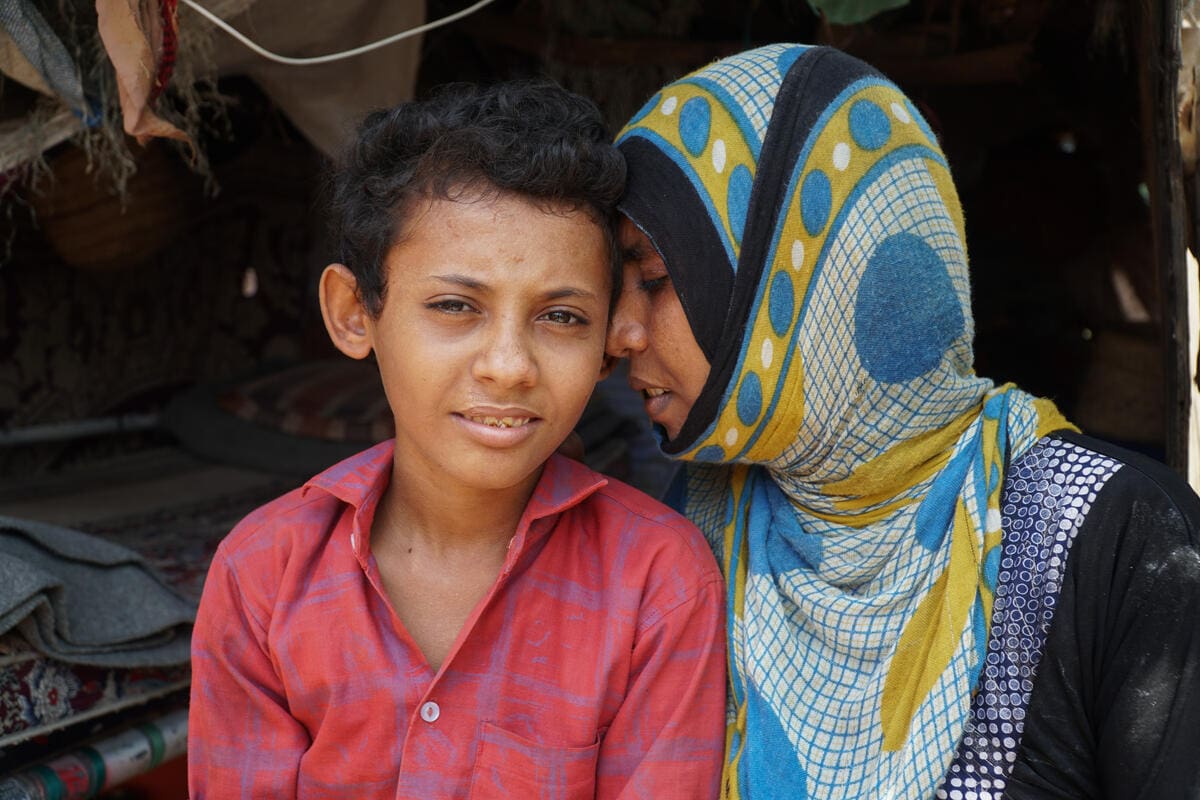
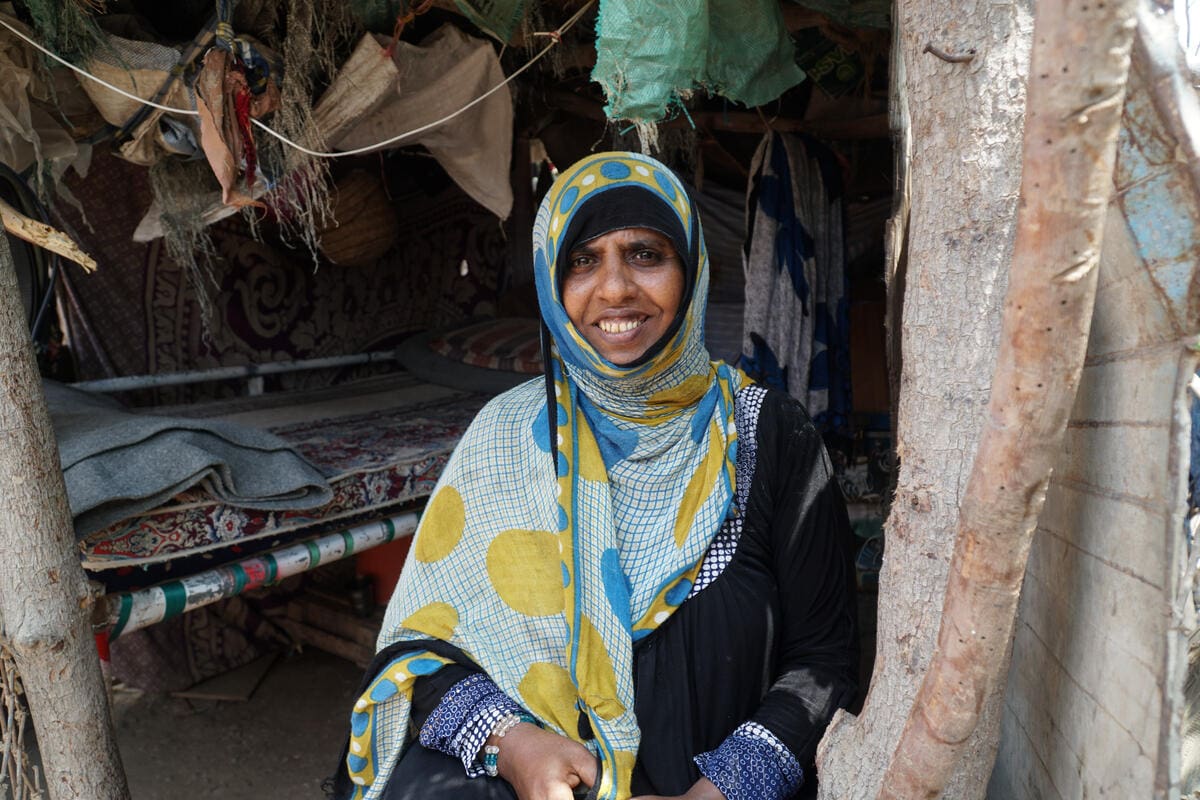
In some of the toughest, hungriest places on earth, mothers are caring for their children through the unimaginable. At 40, Nadia is a widow. She and her sons Gaber, Ahmed and Mugahid were driven from their home by the war. They now live in a camp for internally displaced persons (IDPs). Without an income, Nadia has to make tough decisions to care for her boys and stretch their resources.
“I cannot make everything we need,” Nadia explained. “I need to economize on what we have today to keep some stuff for the next day.”
To lighten her load, the United Nations World Food Programme (WFP) provides her with a monthly food basket brimming with rice, beans, peas sugar and salt. “We are happy to receive this assistance. My children bring other things such as vegetables and tea,” Nadia said.
Patricia in Ecuador
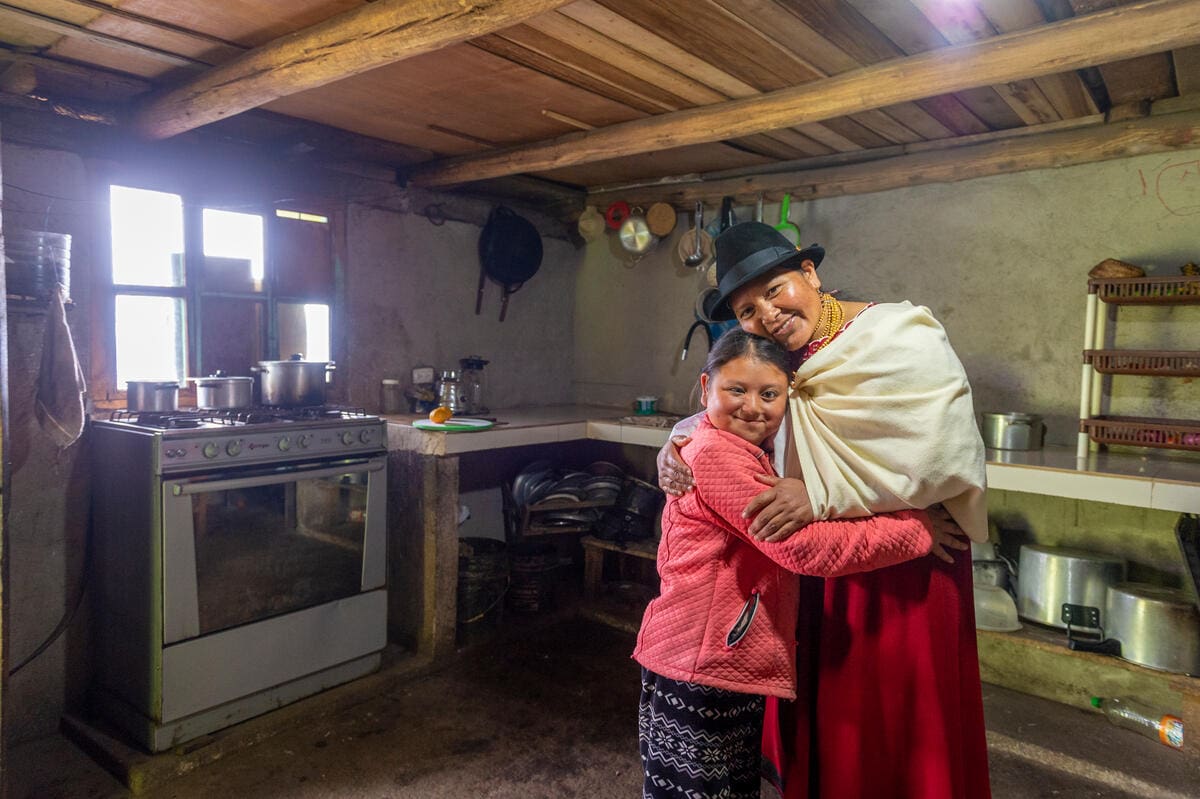

Patricia Perachimba hugs her daughter Mariuxi (pictured left) in their kitchen while preparing a morning meal. When she isn’t working in her home or on her farm, Patricia serves as the leader of the Union of Indigenous Communities of San Pablo del Lago Association in the Imbabura Province of Ecuador.
The U.N. World Food Programme understands the challenges faced by female farmers, especially Indigenous women like Patricia, and provides them with the technical support they need to thrive.
Did you know? More than half of the world’s agricultural workers are women.
Noeline in Madagascar


Halfway across the world, in a drier and dustier landscape, Noeline also works as a farmer. She’s a single parent in southern Madagascar who feeds her two daughters Anika and Linda with any food she can grow during the ongoing drought.
“I went to fetch water from the pump, it takes me two hours to get there and back. I fill two buckets a day, one for the morning and one for the evening,” she explained.
In her community, the U.N. World Food Programme is working to improve households’ access to water so farmers like Noeline can grow more crops. “If the water comes here, it will be a blessing for us,” Noeline said.
Inna in Moldova
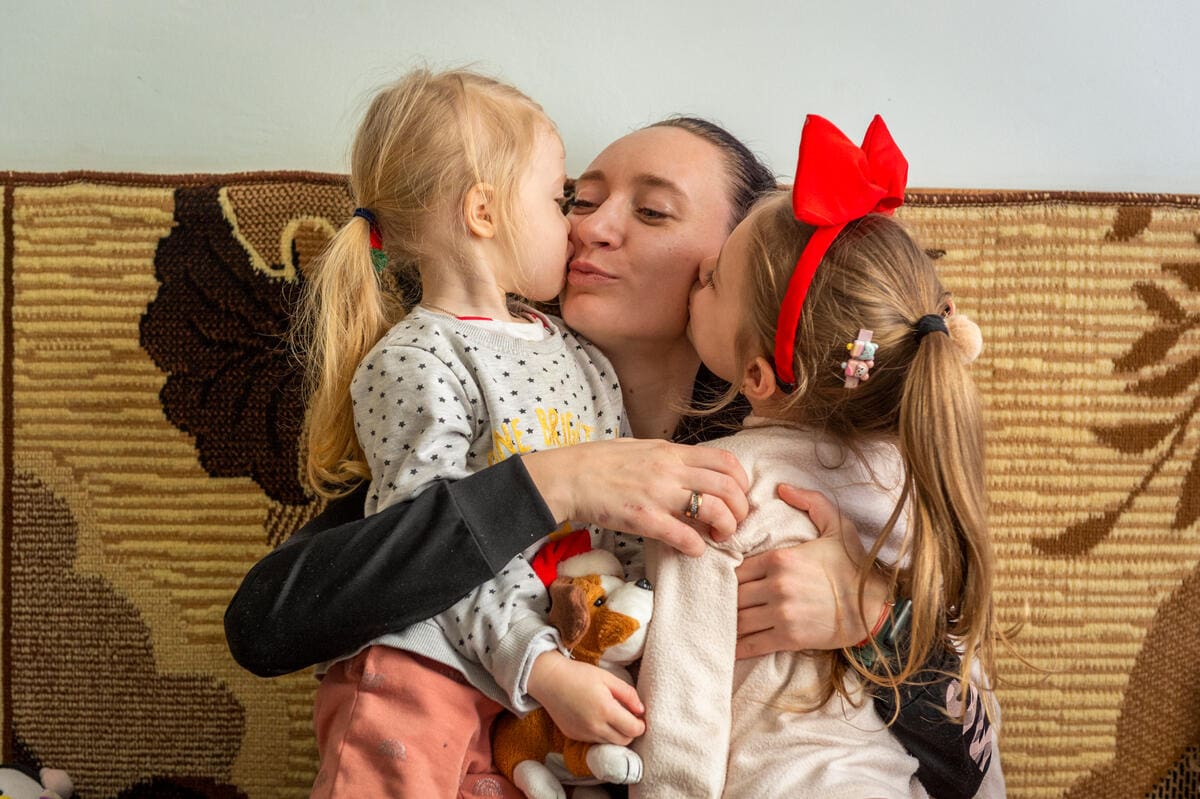

First, Inna heard the explosions. Then the planes. In just a few hours, she packed bags of clothes for her daughters Maria and Alina and fled from Ukraine to neighboring Moldova.
“We got our kids dressed quickly and took the most necessary things – personal hygiene products and food for the road. We knew that it was going to be a long journey,” said Inna.
Millions of mothers like Inna are caring for their children in the middle of the world’s fastest-growing humanitarian crisis: the war in Ukraine. “It is most important for us that our kids are nourished; we don’t need more,” said Inna. With hot meals in hand, the U.N. World Food Programme is on the ground in Moldova supporting mothers and children who became refugees nearly overnight. We are scaling up to reach over 6 million people inside Ukraine with food and cash assistance.
Hason Ara in Bangladesh

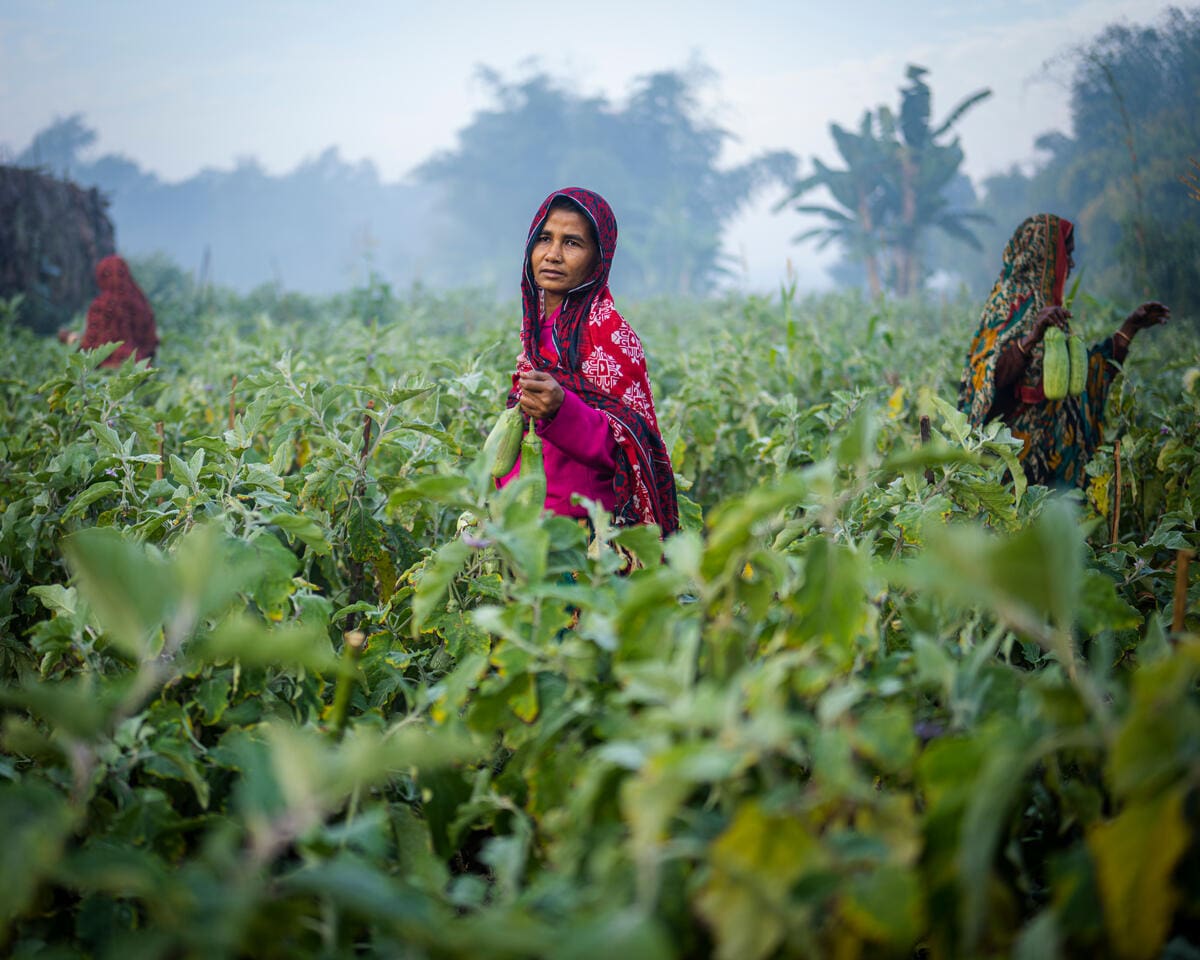
Four years ago, Hason Ara took the leap to start her own farming business. Through training from the U.N. World Food Programme, she learned how to successfully sell her surplus at local markets.
Today, Hason is the main breadwinner of her family. Her profits enabled her to build a home, feed her family and pay for the schooling of all six of her children.
“I even bought tables and chairs so my children can study at home,” said Hason.
Kiros in Ethiopia

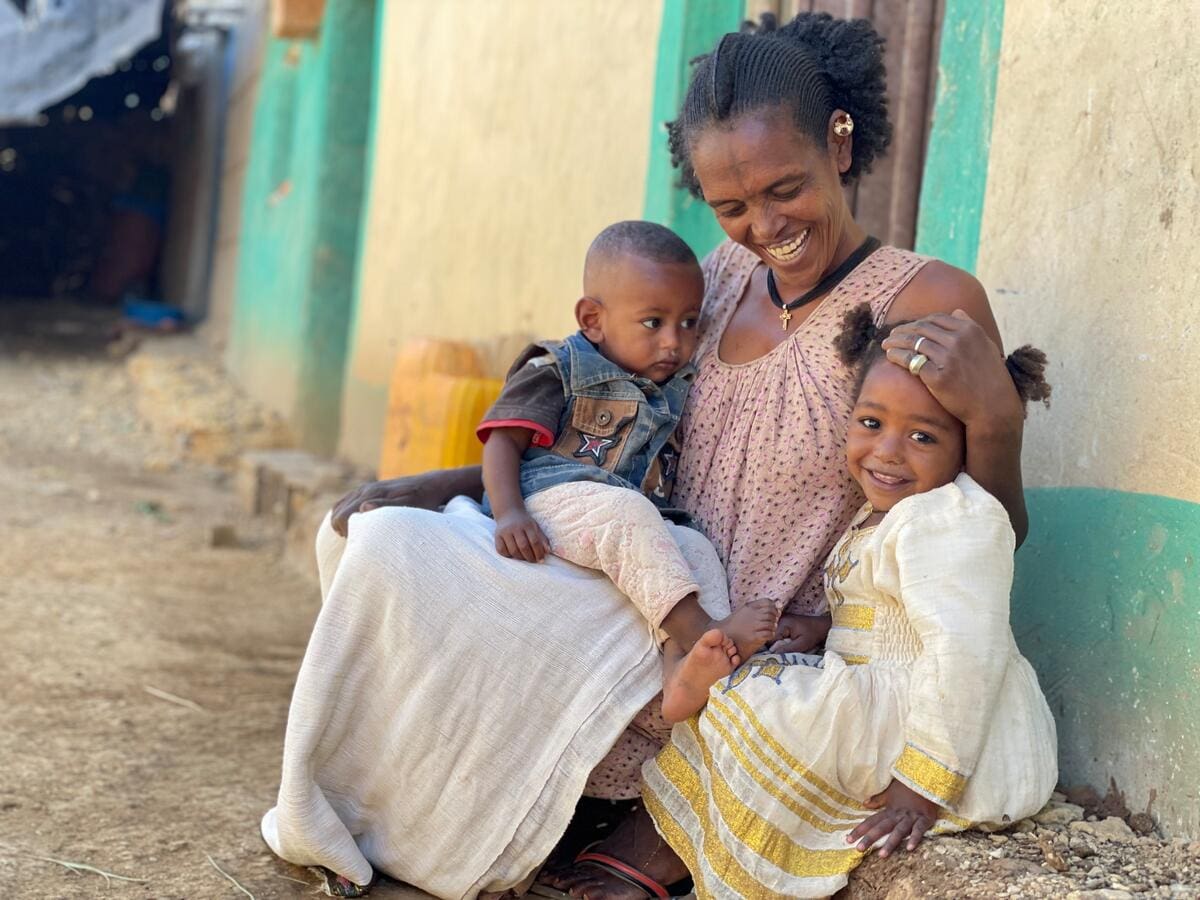
On the outskirts of Mekelle, Kiros lives with her six children. After her 1-year-old boy Girmay became malnourished, the U.N. World Food Programme stepped in to provide critical nutrition support. Now, Girmay is at a much healthier weight and Kiros can rest a bit easier at night.
Across northern Ethiopia, we are ensuring infants, pregnant women and new moms are receiving the right nutrition. In February 2022 alone, we delivered highly fortified foods to over 300,000 women and children.
The U.N. World Food Programme equips women in over 80 countries with the food, tools and training they need to care for their families. Learn more about how women are on the frontlines of hunger and the difference you can make today in the lives of people like Patricia and Kiros.




